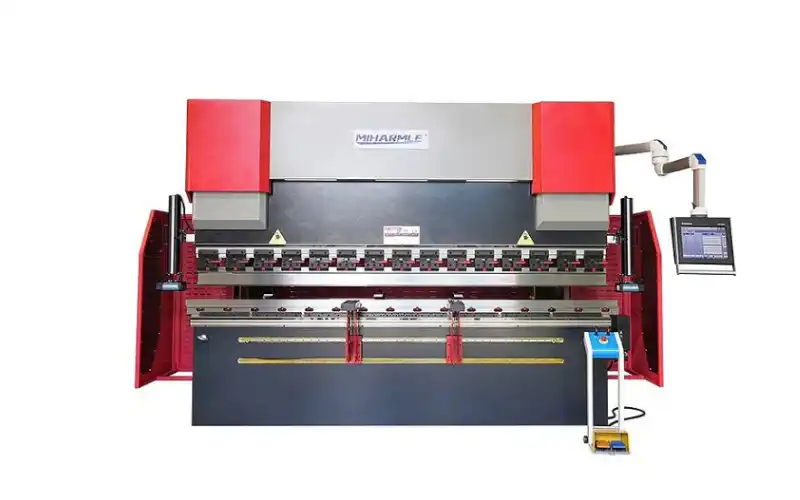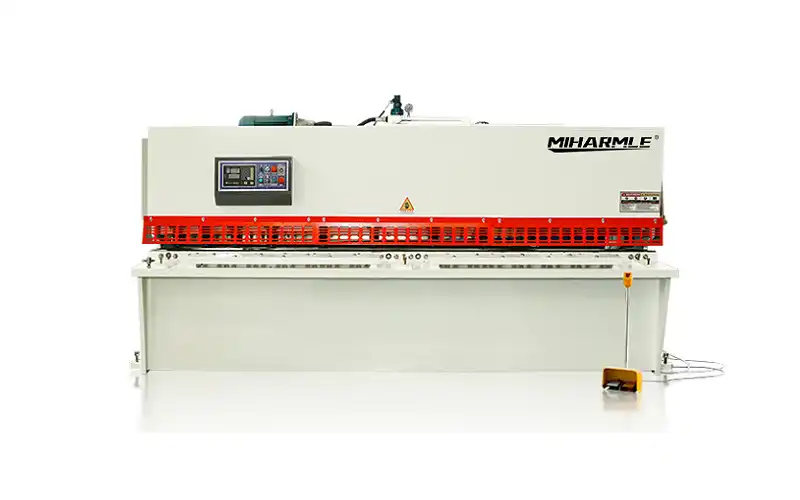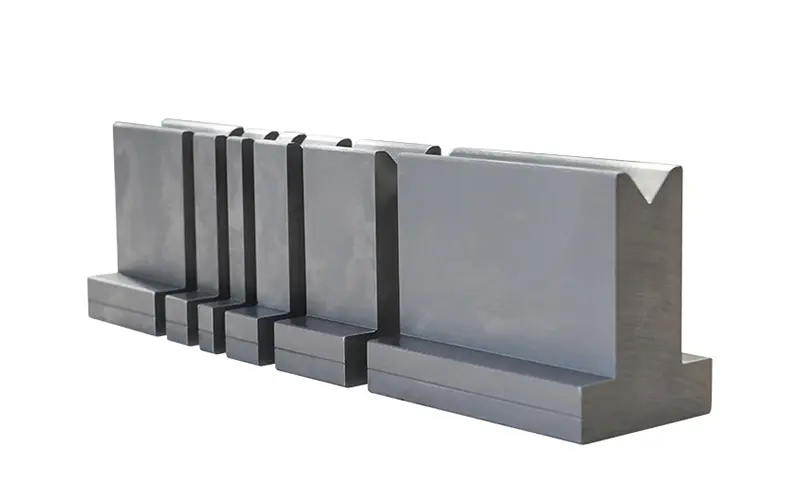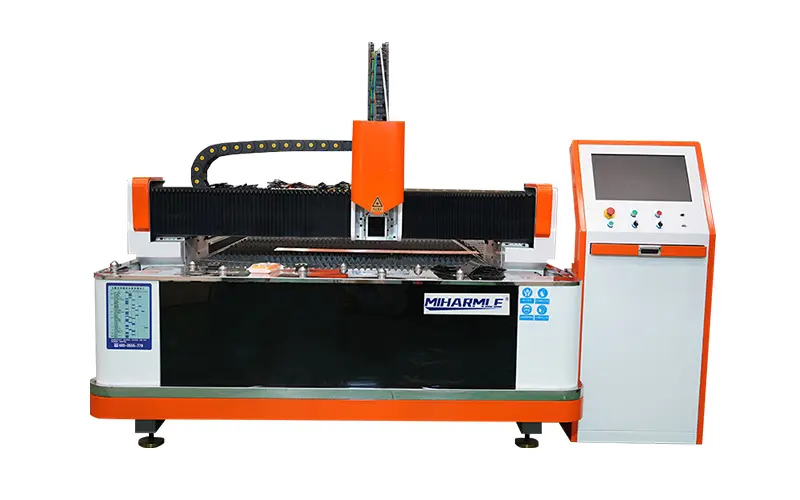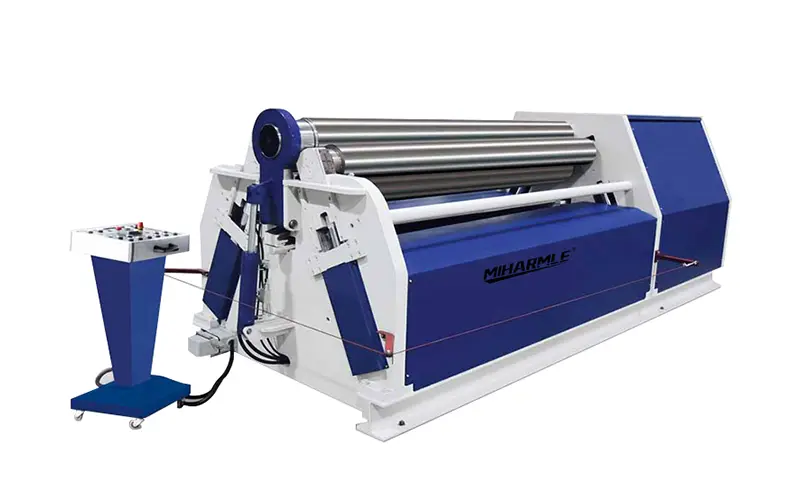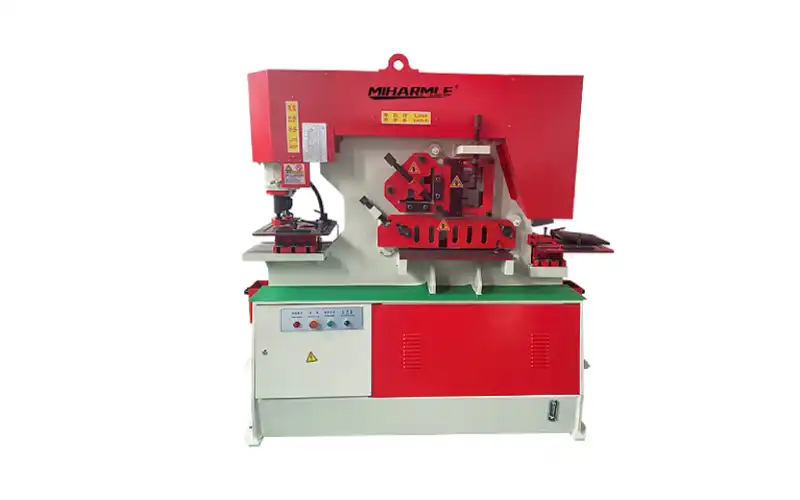How to choose a press brake machine?If you have been troubled by this problem for a long time, reading this article is the right decision.
There are several factors to consider when choosing a suitable press brake. First, you should determine the required bending capacity. It includes the maximum bending length and maximum material thickness. Next, you should consider the production requirements and budgetary constraints because these could determine the appropriate machine size and features. Consideration should also be given to the stability and accuracy of the machine, as well as how easy it is to operate and maintain. It is also important to understand the supplier’s reputation and after-sales service. It is best to consult with professionals and conduct site visits and trials to ensure that you choose the press brake that best suits your needs.
The most critical technical specification is the bending capacity you need. Clarify the bending capacity before sourcing a press brake machine. We will help you source the press brake machine you need from five aspects. You can consider the bending capacity you need against the next five questions in turn:
1.Consider sheet metal length when selecting the press brake machine
1)The relationship between the length of the sheet metal workpiece and the length of the press brake workbench
Determine the length of material you will most often need to bend. Make sure that the table length of the selected press brake can accommodate your material.
There is a close relationship between the length of the material to be bent and the press brake table length. The table length is the length of the platform on the press brake machine that supports and bends the material. When choosing a press brake, you need to make sure that the table length of the machine you choose can accommodate the length of material you need to bend.
Typically, the table length should be at least as long as or longer than the length of the material you need to bend. This ensures that the material is supported during the bending process. This also avoids excessive bending or instability.
If you are working with longer materials, consider selecting a press brake with a larger table length. A larger table length ensures that you can bend the entire material in one operation. This eliminates the need for multiple operations or splices. Choosing a press brake with a suitable table length will improve efficiency and productivity.
However, if you typically work with shorter materials, choosing a slightly smaller table length is also possible. As long as the machine you choose can accommodate the length of material you use most often.
2)Specifications of several press brake workbench lengths
Press brake table lengths are usually available in a variety of sizes. So, the press brake table could accommodate different sizes and lengths of sheet metal materials. Below are some examples of common press brake table length specifications:
- Small press brake:
Bench lengths typically range from 1 meter (3 feet) to 2 meters (6 feet).
- Medium press brake:
Bench lengths typically range from 2 meters (6 feet) to 4 meters (12 feet).
- large press brake:
table lengths are usually over 4 meters (12 feet) and can be 8 meters (24 feet) or longer.
When choosing a press brake, consider the length of the material to be bent. Select a machine with a table length that can accommodate the material. Ensure the selected machine has sufficient table length to meet your bending needs. Taking these factors into account will help you choose the right press brake.
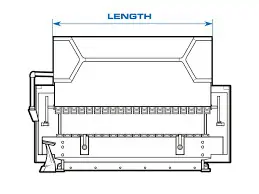
2.Consider sheet metal thickness when selecting the press brake machine
Determine the maximum thickness of the material you will use most often. Make sure the press brake you select has sufficient pressure and capacity to bend these thicknesses of material.
1)The relationship between sheet metal thickness and press brake pressure
There is a close relationship between the thickness of the material and the pressure of the press brake. Pressure is the force applied to the material by the brake press machine to achieve the bending operation. The thicker the material, the more pressure is usually required to bend it effectively.
Thinner materials can be bent with lower pressures because they are relatively soft and deform easily. However, thicker materials require more pressure to bend them because they have higher stiffness and resistance to deformation.
Ensure that the selected brake press machine has sufficient pressure for your commonly used material thickness. The machine should be able to handle the thickness of the materials you use most often. Having enough pressure is crucial for successful bending operations. Consider the material thickness when choosing a press brake to ensure it can handle your requirements.
Suppliers often provide the maximum working pressure of the machine. They also provide operating parameters recommended for different material thicknesses. These parameters help determine the suitable press brake for your needs. Consult with suppliers to obtain information on pressure and recommended operating parameters.This information can help you determine the minimum and maximum working ranges you need.
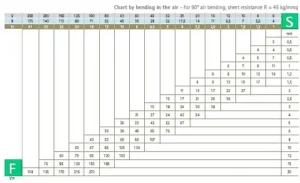
2)Correspondence between press brake pressure range and sheet metal thickness
Common press brake machines usually have different pressure ranges to suit different applications. Generally, pressure ranges can vary from a few tons to several hundred tons. Below are some examples of common press brake machine pressure ranges:
- Small press brake:
Typically, they have a pressure range of 10 tons to 50 tons and are suitable for handling thinner materials and smaller-sized workpieces. Suitable for working with thinner sheet metal, usually between 1mm and 3mm.
- MEDIUM PRESS BRAKE:
It has a pressure range of 50 to 200 tons and is suitable for handling medium thicknesses and sizes of materials and workpieces. Suitable for handling medium thicknesses of sheet metal, usually between 3mm and 8mm.
- LARGE PRESS BRAKE:
With a pressure range of 200 tons or more, it is suitable for handling thicker and larger-sized materials and workpieces. Suitable for handling thicker sheet metal, usually over 8mm.
3.Consider sheet metal bending angles
Determine the range of bending angles you need to achieve. Different models and types of press brakes have different bending capacities. So make sure that the machine you select will meet your needs.There is a relationship between sheet metal bending angles and the type of press brake.
Common press brake types include:
- Mechanical press brake:
This type of machine is typically used for simpler bending operations and can achieve a smaller range of bending angles.
- Hydraulic press brake:
Hydraulic machines have more pressure and higher control accuracy. This is why they are allowed for a greater range of more complex bending angles.
- Electrically powered press brake:
Electrically powered machines typically have a higher degree of automation and precise control. So they can be useful for finer and more complex bending angles.
The bending angle is mainly affected by the press brake punch and press brake die. You can refer to our articles to learn more about the press brake dies in the press brake machine.
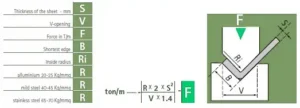
4.Consider sheet metal bending accuracy
If you need high accuracy and repeatability, make sure that the selected press brake has the proper control system. And whether it has the process parameters to achieve the required accuracy.There is a relationship between bending accuracy and the type of press brake. Different types of press brake machines have different control systems.
Common press brake types include:
- Mechanical press brake:
The bending accuracy of mechanical press brakes is usually relatively low. The range is generally between ±0.5 degrees and ±1 degrees. This is because the mechanical machine control system is relatively simple. Mechanical press brake’s accuracy is limited by a number of factors.
- Hydraulic press brake:
Hydraulic press brakes typically have higher bending accuracy. And it can achieve smaller angular deviations. In general, hydraulic press brakes can achieve bending accuracy in the range of ±0.1 degrees to ±0.3 degrees.Hydraulic machines have advanced hydraulic systems and precise position control. They provide more accurate and consistent bending results. Hydraulic machines typically have precise pressure and position control features. They also offer higher levels of CNC control for improved bending accuracy.
- Motorized Press Brakes:
Motorized press brakes typically have higher-level control systems and more precise bending accuracy. They typically achieve smaller angular deviations and higher bending accuracy.
In general, motorized press brakes can achieve bending accuracy in the range of ±0.05 degrees to ±0.1 degrees.
Consider the specific machine model, configuration, and operator expertise for accurate bending accuracy. Hydraulic and electric press brake machines offer improved bending accuracy compared to mechanical machines.
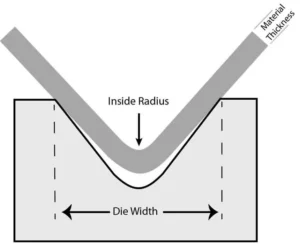
5.Budgetary constraints
Choosing the right press brake for your budget constraints requires a combination of factors. Here are some guidelines:
- Define budget range:
Define your budget constraints and determine the maximum investment you can afford.
- Know your needs:
Determine your needs for a press brake. The things you should consider include bending capacity, table length, bending accuracy, etc.
- Compare different makes and models:
Research different makes and models of press brakes on the market. Then, you could understand their performance, features, and prices.
- Consider a used machine:
If you are on a budget, consider buying a used press brake machine. Ensure that the used machine is thoroughly inspected. You also should negotiate with the supplier for warranty and after-sales service.
- Negotiate with suppliers:
Contact multiple brake press suppliers and inform them of your budget constraints and needs. You also could ask them to provide the best options that fit within your budget.
- Consider the long-term return on investment:
In addition to price, consider the performance, reliability, and maintenance costs of the machine. Choosing a good quality, consistent press brake machine that is easy to maintain will provide you with a long-term return on investment.
Above all, remain rational in the selection process and weigh the balance between price and desired features. Consult with professionals and gather as much information as possible to make an informed decision.
We are proud to introduce our press brake machine. You can find our quality press brake products on our website. We manufacture and offer a range of press brake machines. Visit our website to explore our press brake product offerings. If you want to know whether your budget can buy our products, you are welcome to ask us for a quotation.

